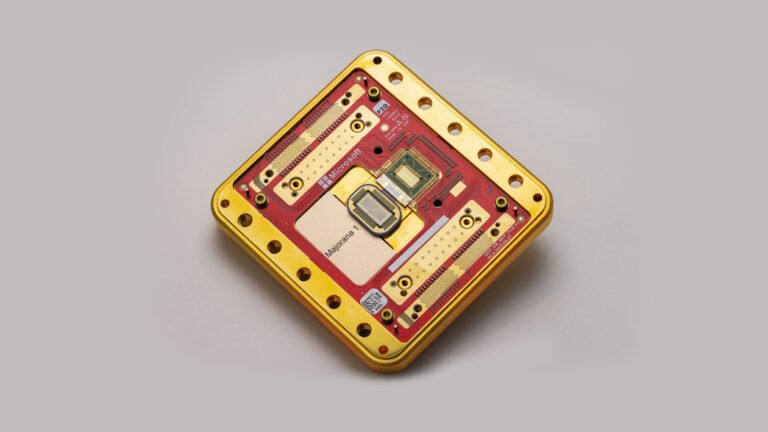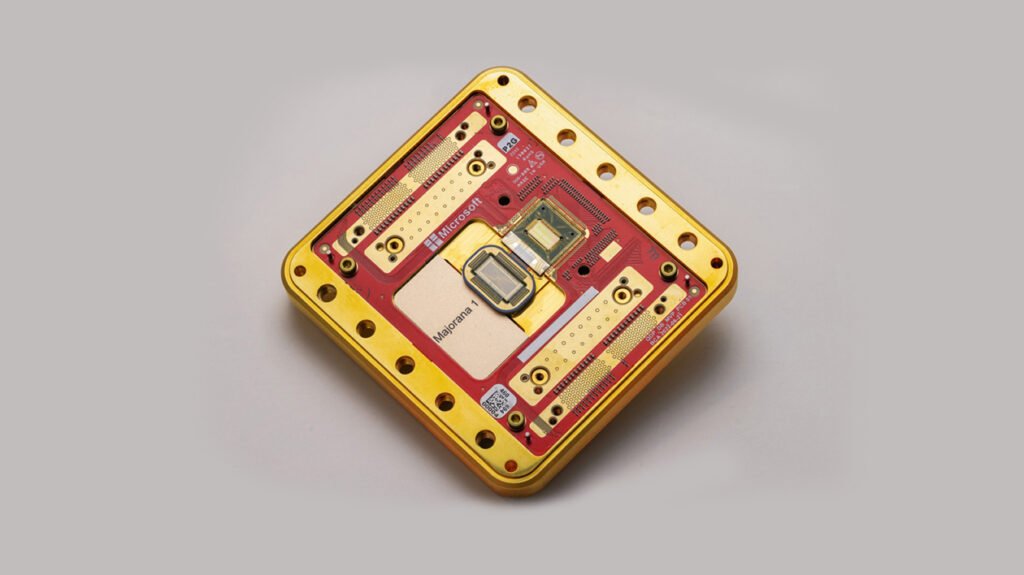The cosmos holds countless mysteries, yet few are as enigmatic and captivating as black holes. For decades, scientists have theorized the existence of “rogue” black holes—solitary stellar remnants wandering interstellar space, unattached to any star. Now, for the first time, an isolated stellar-mass black hole has been definitively confirmed roaming our very own Milky Way galaxy. This groundbreaking detection, achieved through the intricate phenomenon of gravitational lensing, marks a significant milestone in astrophysics. The Rogue Black Hole discovery, confirmed through meticulous observation, offers unparalleled insights into these invisible giants. It reshapes our understanding of galactic dynamics.
Confirming the Elusive Rogue Black Hole
Astronomers have long suspected that isolated black holes populate our galaxy. These are the dense remnants of massive stars that underwent supernovae, often ejected from their birthplaces at high velocities. However, detecting them is incredibly challenging. Black holes emit no light. They are truly invisible. The breakthrough came from harnessing the power of gravitational microlensing. This phenomenon occurs when a massive object, like a black hole, passes directly in front of a more distant star. Its immense gravity warps spacetime, bending the background star’s light. This creates a temporary brightening and distortion of the distant star’s image.
Using data from NASA’s Hubble Space Telescope and ground-based observatories, scientists observed such a microlensing event beginning in 2011. After over a decade of painstaking follow-up observations and complex data analysis, researchers confirmed that the foreground object was not a dim star but an isolated black hole. This Rogue Black Hole is estimated to be between 5 to 9 times the mass of our Sun. It lies approximately 5,200 light-years away within the Carina-Sagittarius spiral arm. This definitive confirmation marks the culmination of years of scientific pursuit.
How Gravitational Lensing Reveals the Invisible
The detection of this Rogue Black Hole is a triumph for gravitational lensing. This technique, predicted by Albert Einstein’s theory of general relativity, is one of the few ways to “see” invisible cosmic objects. When the black hole passed between Earth and a background star, its gravity acted like a giant magnifying glass. It focused the star’s light, causing it to brighten noticeably. Crucially, the black hole’s mass also caused the star’s apparent position to subtly shift over time.
This combination of temporary brightening and positional shift provided the irrefutable evidence. It confirmed the foreground object’s immense mass and its dark, compact nature. The duration and intensity of the lensing event allowed astronomers to precisely calculate the black hole’s mass and its trajectory through space. This innovative application of gravitational lensing opens new avenues. It enables the discovery of countless other invisible objects within our galaxy, including more such isolated stellar-mass black holes.
The Invisible Threat: Could a Rogue Black Hole Reach Earth?
The confirmation of a Rogue Black Hole naturally raises questions about potential cosmic threats. Could one of these invisible wanderers ever pose a danger to Earth? While the concept is certainly unsettling, the reality is far less alarming. Space is unimaginably vast. The distances between celestial objects are enormous. Even if billions of such rogue black holes exist in our Milky Way, the probability of one directly colliding with our solar system or even passing dangerously close to Earth is astronomically low.
Astronomers track the movements of objects in our galactic neighborhood. No such immediate threat has been identified. An encounter with even a stellar-mass black hole would be catastrophic. It would disrupt orbits and potentially destabilize the solar system. However, given the immense emptiness of space, such an event remains a matter of science fiction rather than a near-term scientific concern. Our planet’s chances of encountering a Rogue Black Hole are incredibly remote.
Understanding Galactic Dynamics with Rogue Black Holes
The discovery of this Rogue Black Hole provides crucial data for understanding galactic dynamics. Isolated black holes are remnants of the most massive stars. Their presence and distribution offer clues about star formation, supernovae rates, and the evolution of galaxies. These objects, hurtling through space, contribute to the “dark matter” budget of galaxies, though they are not the primary component.
Studying these invisible wanderers helps astronomers refine models of how stars end their lives. It also sheds light on the overall mass distribution within the Milky Way. As detection techniques improve, more such objects will likely be found. Each discovery will add to our cosmic census. This will paint a clearer picture of our galaxy’s mysterious population of dark, dense remnants.
Conclusion: The confirmation of the first isolated Rogue Black Hole in our Milky Way, detected through the genius of gravitational lensing, marks a profound moment in astronomical discovery. This invisible wanderer, a silent testament to stellar evolution, expands our understanding of the galaxy’s hidden inhabitants. While the idea of such an object roaming space might spark imaginative fears, the actual threat to Earth remains astronomically negligible. This groundbreaking detection highlights both the incredible power of advanced observational techniques and the enduring mysteries that still await unraveling in the vast, dark expanse of our universe.
For more news and updates, please visit PFM Today.













